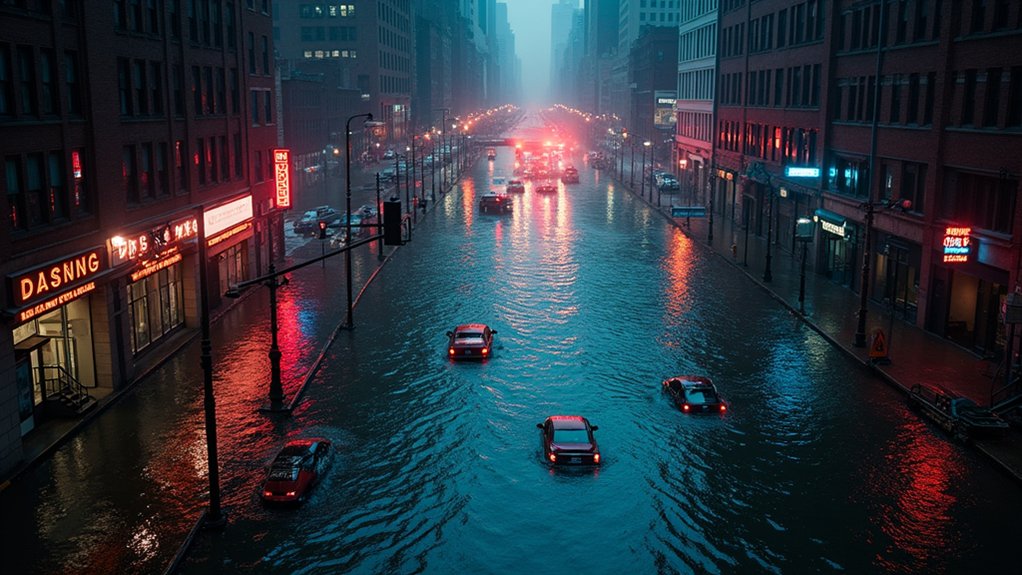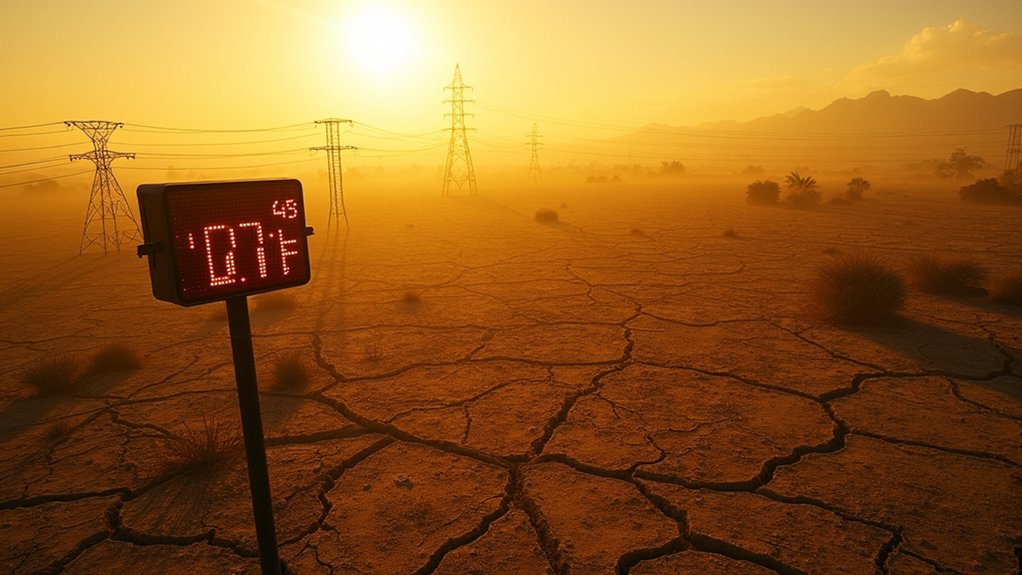Dozens of New Yorkers found themselves wading through knee-deep water last week as flash floods transformed the concrete jungle into an actual urban swamp. Streets morphed into rivers. Subway stations became underground pools. Not exactly the summer activity most had planned for their commute.
The flooding wasn’t just an inconvenience—it was dangerous. Officials issued Flood Watches and safety warnings as subway systems and major roadways became inoperable. Good luck getting to work when your train station resembles the lost city of Atlantis.
These recent deluges highlight an uncomfortable truth: urban flash floods are becoming more frequent and more severe. NYC’s aging stormwater infrastructure simply can’t handle it. The water has to go somewhere, and apparently that somewhere is the 6 train.
For New Jersey residents, the forecast is equally grim. By 2050, climate scientists project that sea-level rise will cause at least one annual flood for 62,000 people and 56,000 homes along the Jersey shore—and that’s the best-case scenario with aggressive emissions cuts.
Without those cuts? The numbers jump to 74,000 residents in 66,000 homes facing regular flooding within 25 years. Hope they’ve invested in good rain boots.
These aren’t just statistics from doom-scrolling environmentalists. The data comes directly from the Intergovernmental Panel on Climate Change and tools like the Coastal Risk Finder platform, which maps future flood exposure neighborhood by neighborhood. Climate change is accelerating these disasters through extreme weather events that are overwhelming our nation’s ability to manage water effectively.
The impacts hit hardest in low-lying coastal zones and areas near rivers. Atlantic City will be particularly affected, with 8,000 of its 9,100 at-risk residents being people of color. Mayor Eric Adams has urged residents to monitor weather conditions as the situation develops. No surprise, lower-income neighborhoods with already-deficient infrastructure face the highest risks.
When it comes to climate disasters, geography and socioeconomics still determine who stays dry and who gets soaked.
Emergency response systems strain under these conditions. Streets become impassable. Homes and businesses suffer water damage.
And entire communities face chronic disruption. The concrete jungle is drowning, one storm at a time. Welcome to the new normal—better learn to swim.








